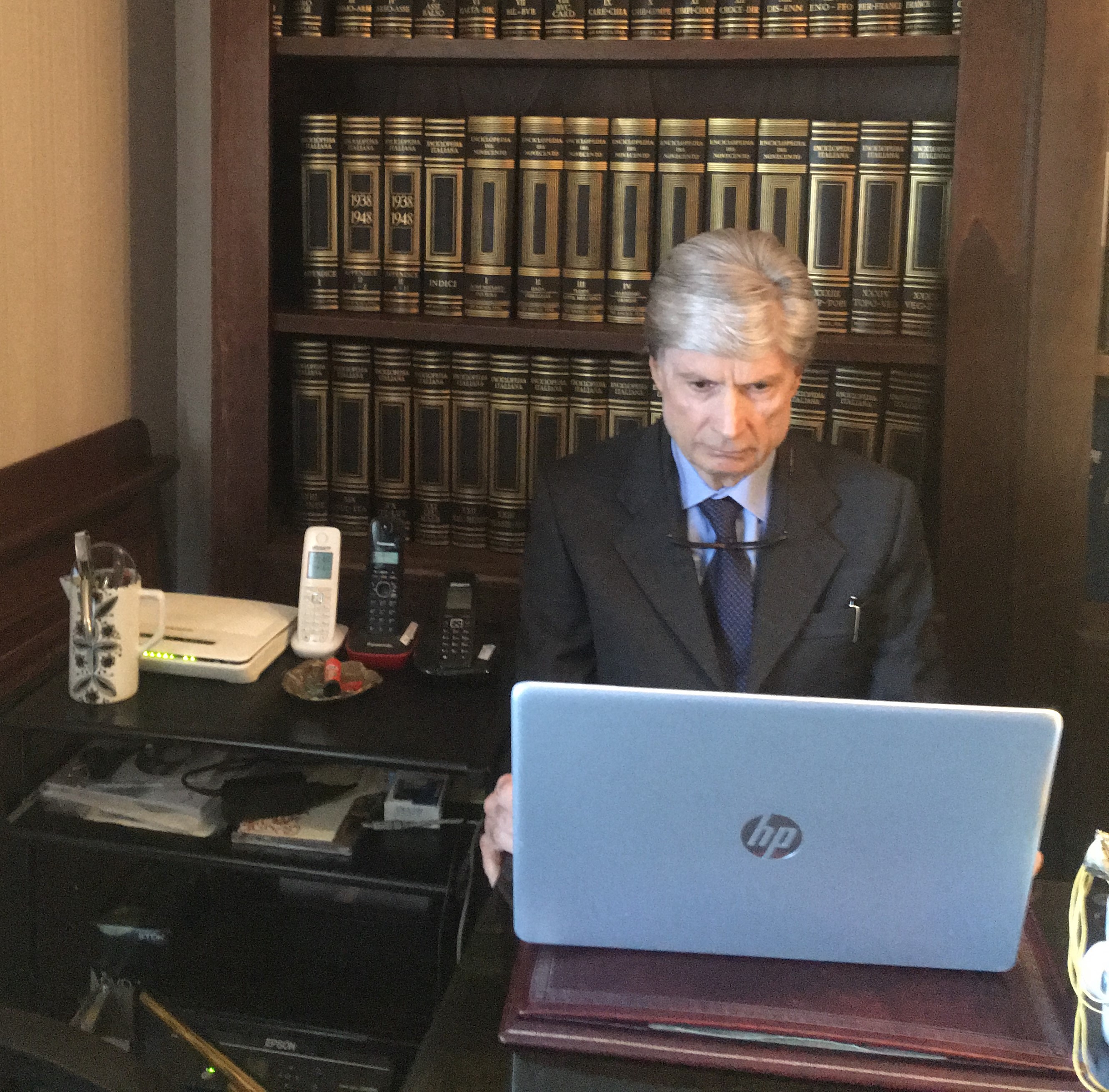Andrea Rossi Granted Patent for E-Cat
On August 25, 2015, Andrea Rossi was granted a US patent for E-Cat as a Fluid Heater utilizing the Rossi Effect. The patent covers the core E-Cat technology, consisting of a fluid heating tank containing a fuel wafer of both reagents and catalyst, and a heat source such as an electrical resistor. The heat source is used to initiate a reaction between the reagents, which will output about 6 kilowatt hours of energy for every 1 kilowatt hour of input. This Coefficient of Performance could render all other forms of power production obsolete.
The E-Cat relies upon the exothermic reaction between prepared mixtures of Lithium and Hydrogen, in the presence of Group 10 metals such as Nickel acting as a catalyst, as its source of energy. This reaction generates a high energy density not typically obtainable using chemical fuel, and unlike nuclear fuel, it does not involve use of radioactive material or the production of radioactive waste. This is known as the Rossi Effect.
The patent has since been extended to 124 countries, including Russia, China, Canada, Australia and the entirety of the European Union.
The Rossi Effect
The Rossi Effect occurs at relatively low temperatures and produces anomalous amounts of heat, with minimal radiation and non-radioactive waste products.
The Rossi Effect has faced some skepticism from the scientific community due to being erroneously associated with Low Energy Nuclear Reactions, also known as Cold Fusion. However, it is not claimed that the Rossi Effect produces nuclear reactions.
Despite this, in 2011 Sergio Focardi and Andrea Rossi first announced their results with the Energy Catalyzer (E-Cat). Since then the E-Cat has been demonstrated publicly and tested by third parties several times and has shown an output more than ten times the energy of any known chemical reaction.
The E-Cat has been proven to operate for up to 350 days without refueling, producing six times the energy it consumed.

